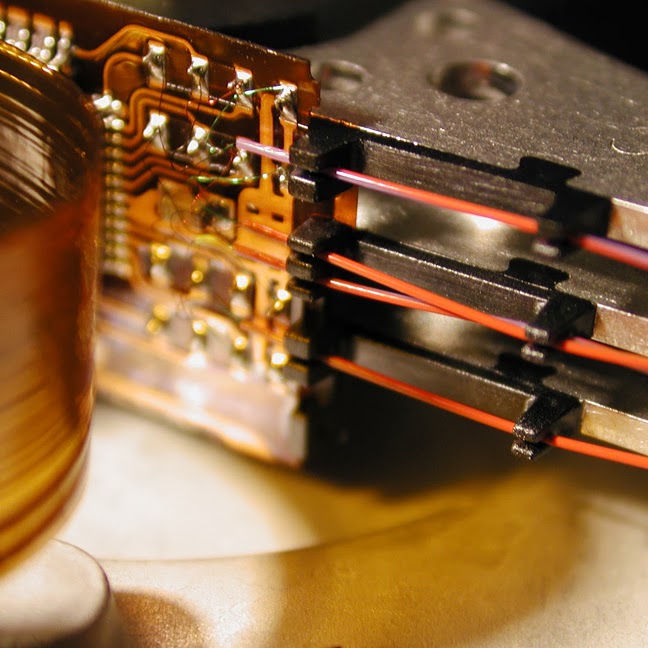When you’re on the hunt for a new USB power adaptor, you may come across a few options with gallium nitride (GaN) technology. These charging bricks tend to be a bit expensive. But due to their reduced size and increased charging ability, a GaN charger may be your ideal purchase. It could even help you save money in the long run.
Most USB chargers use silicon semiconductors. Gallium nitride (GaN) is simply a power-efficient alternative to silicon. It allows a charger to achieve small size without a reduction in charging speed or thermal performance. A GaN charger is ideal for travelling or powering several high-wattage devices, such as laptops.
With more and more laptops charging through USB-C, and more phones making use of ultra-fast charging, you’ll start to notice that the silicon based chargers can get really hot during charging these devices.
Instead of buying a large silicon-based charger that only has two ports (with a shared throughput), you can buy a GaN charger with four, five, or even six high-speed charging ports.
#technology #chargers #GaN



IMO It’s relative
My current laptop (edit: used for for studio apps, 3D modeling and rendering, and AI stuff) draws 240W but I’d say it’s an improvement over the 500W+ I would be drawing from a desktop that would have been in it’s place. The performance isn’t that competitive with desktop parts but the Perf/Watt definitely better.
Most people are just going to be using their phones and tablets to browse the web and watch videos anyway, with the odd Ultrabook here and there which are still pretty good in a Perf/Watt sense.
Jevons paradox does come to mind though.